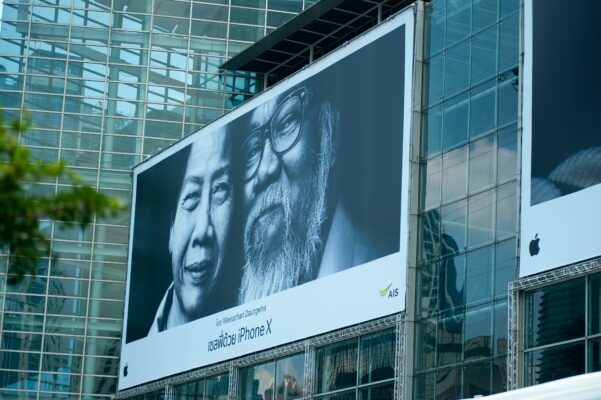Very frequently, the strategies that multilingual companies employ to promote their brands in the foreign market fail in one key respect: communication. For this reason, translation techniques in the field of digital marketing have become a fundamental aspect for this type of company.
The level of connection between markets of different languages is a point that cannot be ignored if you want your business to grow. It’s simple: to sell in a particular market, you have to know how to correctly communicate to ensure total understanding.
This is where the work of professionals with technical language skills comes into play. Machine translators are useful tools in certain respects, however, when more in-depth communication is required with very specific expressions and technical terms, professional post-editing will be required.

Who are post-editors?
A post-editor is a professional who is in charge of proofreading or editing a text that has been machine translated. As we have already seen in the post’s introduction, this software cannot perform quality translations on its own, which is why it’s essential to perform post-edition to clean up errors and improve the text’s quality.
In general, post-editing may seem similar to a simple revision task, yet there are some substantial differences with respect to what is considered a normal revision. They are as follows:
- Errors caused by translation engines are usually much more frequent than those made by a professional translator. Errors in typical expressions of the language, an abundance of incoherent sentences or excessive literalism are some of them.
- The aim of any translation task is to achieve the highest possible quality. Occasionally, it may be the case that the client only needs the post-editing to make some minor adjustments to the text. In these cases, the aim is to make the document comprehensible so that it can be distributed. Therefore, it will first be necessary to agree on the level of correction before selecting these services.
- In order for post-editing to be carried out properly, the translation engine’s settings must be dealt with first, as should the conversion of each document’s format, in order to be able to work with them. Once the post-editing task has been completed, the text can be input back into the engine in order to improve the quality of future translations.
- Job optimization. Compared to a normal translation process, the combination of machine translation and post-editing is much faster and more effective. This will depend on several factors, such as, for example, the type of text or the quality of the translation engine.
The importance of post-editing for machine translations
Perhaps you are wondering why this process is so important. The answer is simple: because it’s the process of improving a machine translation and ensuring that the final text meets the required quality standard. During post-editing, a large number of spelling, grammatical, syntax errors and much more are corrected. Like so, the final text is clear, natural and perfectly understandable for the customer.
While it is true that valuable advances have been made in the field of machine translation, the quality offered by this system is not yet sufficient to match that of a human translator. For example, we only need to use Google’s translator to realize that it still needs a lot of work.
A trained and experienced professional can identify the overall message of a text, something that an machine’s system cannot do. In this sense, it translates individual words or phrases, but not the message and the information that is meant to be conveyed. This precisely is a fundamental part of connecting with our foreign clients and establishing fruitful relationships.
Equally, a professional translator will avoid other types of errors, such as “false friends” – those caused by the multiple meanings of a term. What’s more, they will adapt the text to the accepted style in a field.
With the enormous digital transformation that is taking place in the vast majority of organizations, especially in multilingual companies, professional translators must be increasingly specialized. For this reason, many companies often opt for a machine translation of the more general parts of their content. After this, post-editing comes into play. This deals with the more specific parts of the message. Like so, quality communication between the company and its clients is achieved and productivity is enhanced. At Blarlo we have professionals who will give your translations with all the attention they need. If you want to find out more about us, visit our website and discover all the benefits we have to offer.






